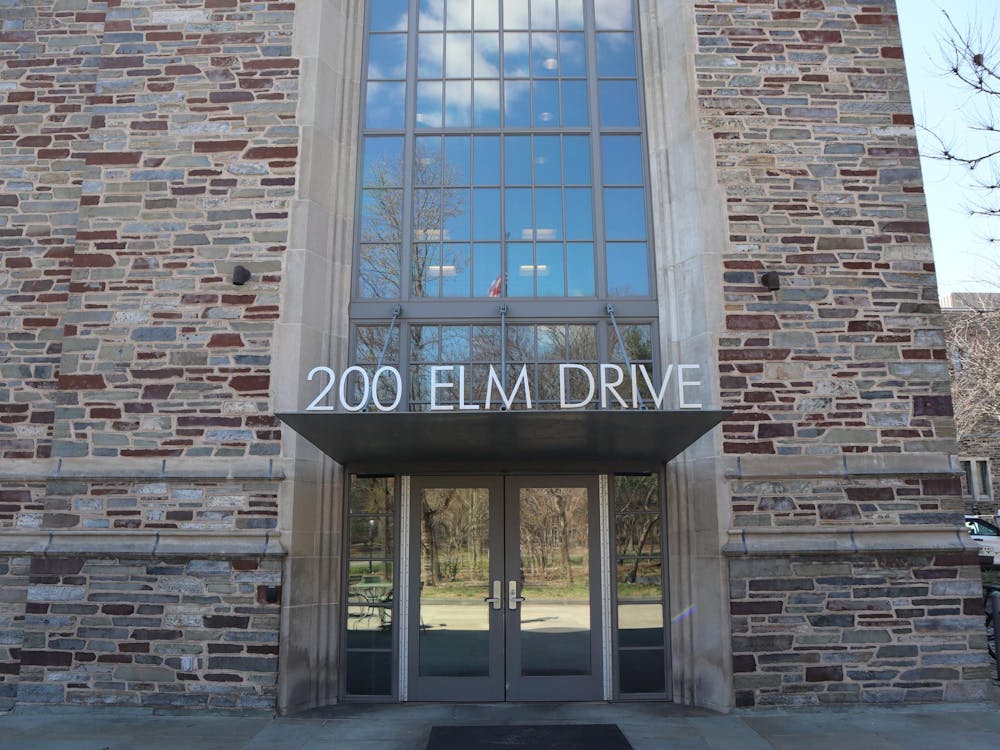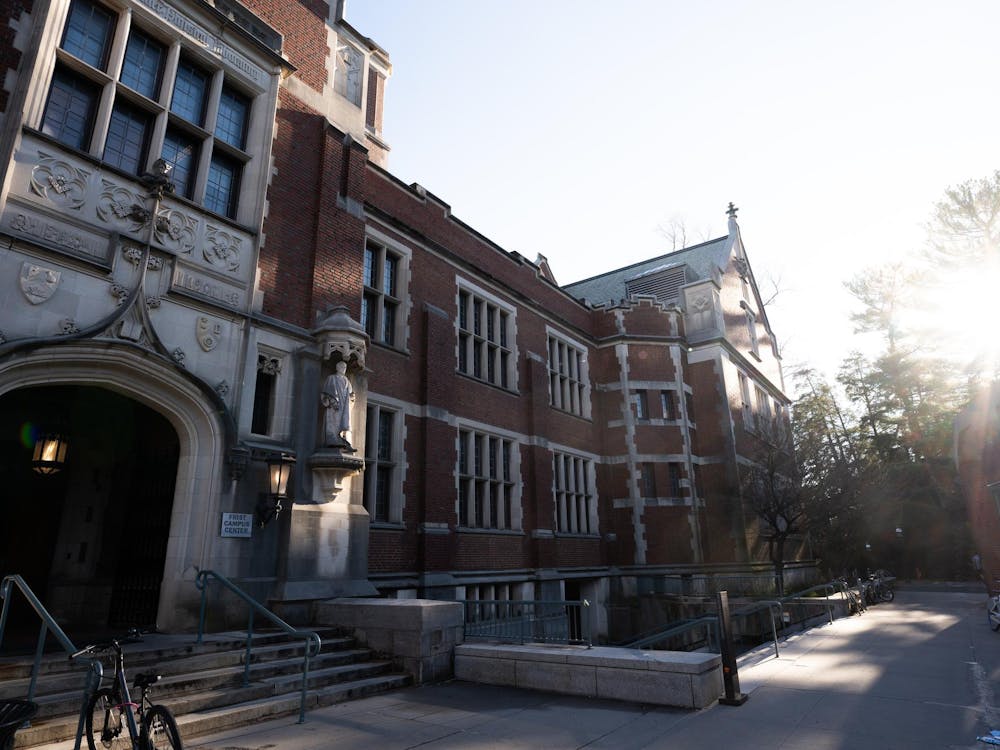The Albanian conflict and nationalist ideologies both played key roles in bringing about the Balkan Wars, Nader Sohrabi saidin a lecture on Monday.
Sohrabi is a scholar of Ottoman and Iranian history currently conducting research at the Institute for Advanced Study.
Sohrabi explained that, within scholarship on Turkish nationalism, there are two popular views with regards to Balkan history: orthodox and revisionist.
According to the orthodox view, the Ottoman Empire broke downbecause of the irrational nationalism of the Committee of Union and Progress, a well known political organization in the region.
According to the revisionist view, however, Turkish nationalism is an entirely new idea — a product of the republic — while the empire’s identity was religious, local, hybrid and Ottomanist.
“I counter both,” Sohrabi said.“I claim here that CUP is going somewhere that is close to an assimilationist stance. It continued to be Ottomanist, but at the same time Turkist.”
Sohrabi explained that this is not contradictory, because while Turkists became the ethnic core of the Ottoman nations, they were willing to leave room for religious, linguistic and national autonomy.
“There is an ethnic core of Turkism: around it is Islam and around that is Ottomanism,” Sohrabi said. “But of course, the picture can be much more complicated. This is the universe according to the Young Turks between 1908 and 1912.”
He added that the region saw a transition from traditional empire, which stands for institutional inequality, to nation-states, which were more keen on equality and uniformity. The CUP distinguished itself from the old regime and stood firmly behind centralization and equality for all citizens.
Sohrabi then elaborated onthe sorts of reactions this transition sparked in Albania.
“Of course, this is an empire, so everything in one part affects the other parts,” Sohrabi said. “Turkish, Arab and Albanian nationalism are interacting matters and should be considered as a whole.”
By superimposing maps from before and after theconflict over one another, Sohrabi was able to show the change over time in Albania.Albania wanted unity for the four provinces but ended up with a much a smaller land space, he said.

Sohrabi said a trend could be seen in four years of rebellion in Albania.
“Small-scale rebellions looking for restoration of rights all the way to full rebellions demanding independence [dotted the period]," he said.
Albanian rebels in 1912 weren’t asking the government for their old guns back, Sohrabi explained,but were instead asking for new guns.
“[That] government saw hundreds of thousands of rebellions goes to show that this is a very serious crisis that the Ottomans are facing,” Sohrabi said.
Sohrabi ended the lecture by explaining that this is often where the narrative stops, but he said he thinks it should go on.
Sohrabi questioned whether there could be an Albania without an Albanian nationalist movement and said much could be learned from the interacting and connected study of nationalism in different parts of the region.
The talk, titled “Reluctant Nationalists: Albanian and Ottomans on the Brink,” took placein Jones 202 at noon on Monday.








